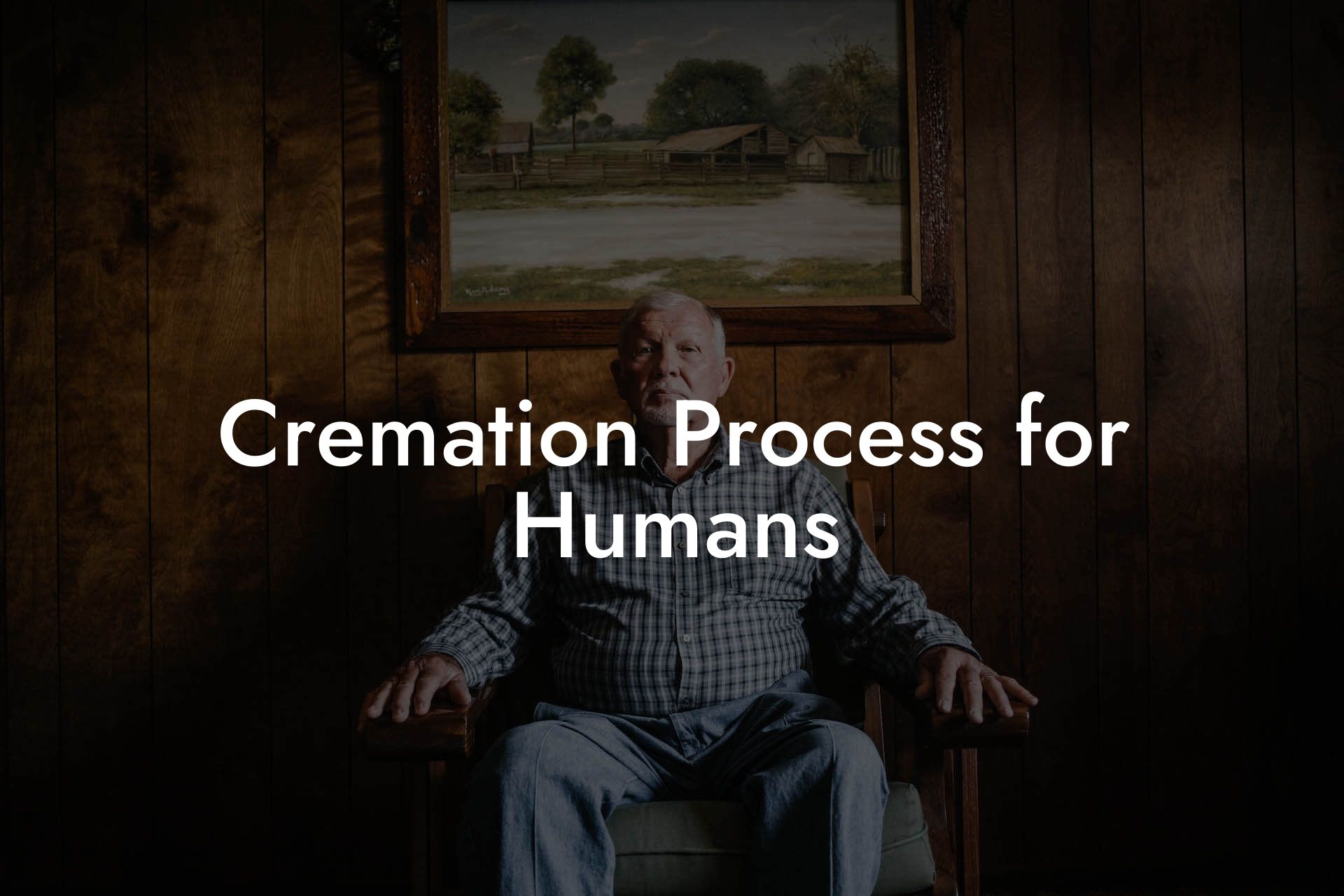Imagine a world where the traditional funeral process is transformed, and the concept of death becomes a celebration of life. Welcome to the world of cremation, where the boundaries of mourning are redefined, and the environment is protected. Whether you're planning ahead or navigating the loss of a loved one, this comprehensive guide will walk you through the cremation process, exploring its history, benefits, and modern practices.
Quick Links to Useful Sections
A Brief History of Cremation
Cremation, the process of reducing a body to its basic elements through high-temperature burning, has been around for thousands of years. From ancient civilizations to modern times, cremation has evolved, influenced by cultural, religious, and environmental factors. Understanding its history helps us appreciate the significance of this increasingly popular funeral choice.
The earliest evidence of cremation dates back to the Stone Age, around 3000 BCE. The practice spread throughout ancient cultures, including Greece, Rome, and India, where it was often associated with spiritual beliefs and rituals. In the Middle Ages, cremation declined in Europe, only to resurface in the late 19th century as a more environmentally friendly alternative to traditional burials.
The Cremation Process: A Step-by-Step Guide
While cremation is a complex process, it can be broken down into several stages, ensuring a dignified and respectful farewell.
- Preparation: The body is prepared for cremation, which may include washing, dressing, and cosmetic restoration.
- Container selection: A cremation container, such as a casket or cardboard box, is chosen to hold the body during the process.
- Identification: The body is identified, and a metal identification tag is placed on the container to ensure accuracy throughout the process.
- Cremation chamber: The container is placed in a cremation chamber, where it is exposed to high temperatures (typically between 1400°C to 1800°C) for 1-2 hours.
- Bone fragment collection: After cremation, the remaining bone fragments are collected and processed into a fine powder, known as cremated remains or ashes.
- Return of ashes: The cremated remains are returned to the family in an urn or container, which can be chosen by the family or provided by the crematorium.
Types of Cremation: Understanding Your Options
Are you struggling to write a meaningful eulogy during this difficult time? Our professional eulogy writing service can help you honour your loved one in less than 48 hours, with no additional stress. We help you preserve the legacy of a cherished life, in your time of grief. Find out more →
Cremation is not a one-size-fits-all solution. Various types of cremation services cater to different needs, preferences, and budgets.
- Traditional cremation: A full-service funeral with a viewing, followed by cremation.
- Direct cremation: A simple, low-cost cremation without a viewing or funeral service.
- Green cremation: An eco-friendly option using a bio-based cremation chamber or resomation (alkaline hydrolysis).
- A family-led cremation process, often with a home-based viewing and ceremony.
Cremation vs. Burial: Weighing the Benefits
The decision between cremation and burial ultimately comes down to personal preference, cultural background, and environmental concerns.
| Cremation | Burial | |
|---|---|---|
| Cost: | Generally lower | Higher, with cemetery and headstone costs |
| Environmental impact: | Reduces land use, conserves resources | Requires land, resources, and can pollute soil and water |
| Flexibility: | Allows for scattering, memorials, or keeping ashes | Limits options for memorialization and visitation |
Cremation and Grief: Coping with Loss
Losing a loved one is never easy. Cremation can provide a sense of closure, but it's essential to acknowledge the grieving process and seek support when needed.
Consider the following tips to cope with grief:
- Allow yourself to feel emotions: Acknowledge your feelings, and don't hesitate to express them.
- Seek support: Reach out to friends, family, or a grief counselor for guidance and comfort.
- Take care of yourself: Prioritize physical and emotional well-being during this challenging time.
Resources and Community Support: Your Next Steps
As you navigate the cremation process, remember that you're not alone. Utilize these resources to find support, guidance, and inspiration:
- Cremation associations: Organizations like the International Cemetery, Cremation and Funeral Association (ICCFA) and the National Funeral Directors Association (NFDA) provide valuable information and resources.
- Online forums and support groups: Connect with others who have experienced loss and cremation, sharing your story and gaining insight from their experiences.
- Local crematories and funeral homes: Reach out to professionals in your area for guidance, support, and information on cremation services.
IF YOU NEED HELP WRITING A EULOGY, CHOOSE EITHER OUR E-BOOK OR PROFESSIONAL EULOGY WRITING SERVICE
Honoring a Life: Eulogy Writing Made Simple (Instant Download)
When grief overwhelms, Honoring a Life: Eulogy Writing Made Simple offers compassionate, step-by-step guidance for women to craft heartfelt tributes. With gentle prompts, relatable examples, fill-in-the-blank templates, self-care advice, and delivery tips, this warm, professional guide supports you through gathering memories and delivering a meaningful eulogy with confidence and authenticity.
Professional Eulogy Writing Service
Eulogy Written For You
In times of deep grief, our Professional Eulogy Writing Service provides compassionate, bespoke funeral tributes. Our seasoned writers capture your loved one’s essence, blending your memories into a narrative. With a simple, comforting process and flexible delivery options (24-hour, express, standard), we relieve the burden, ensuring a dignified, heartfelt homage.



